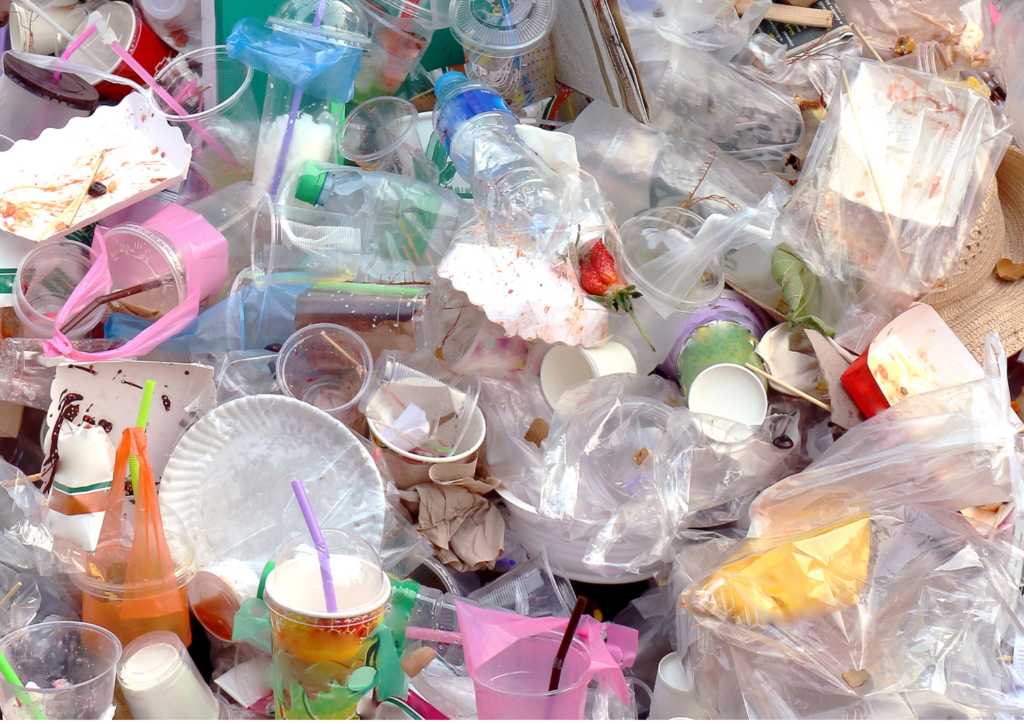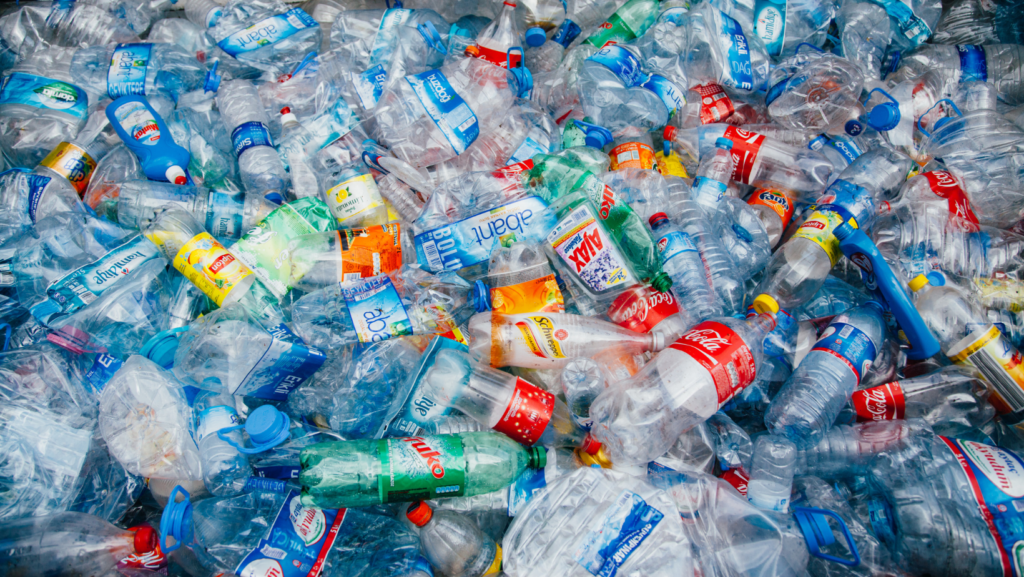Canada has a single-use plastics problem. More than one-third of plastics produced every year are used for packaging, and most of that heads to landfills. In fact, a study carried out for the federal government estimated that about 47 per cent of all plastic waste generated in Canada is from single-use plastics.
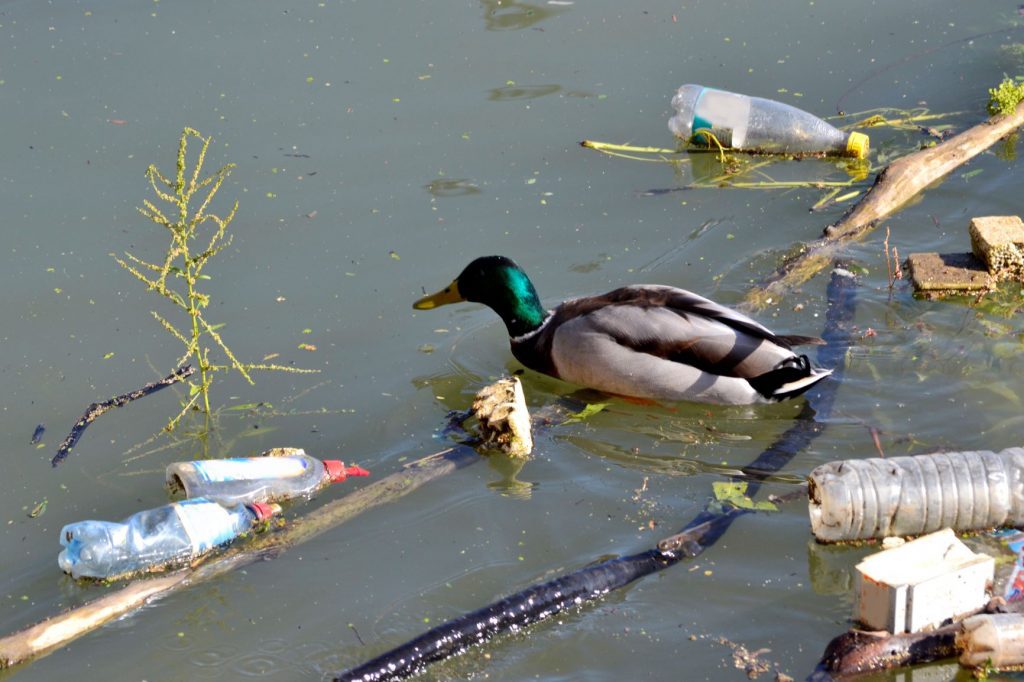
So, what to do? We have some ideas on how Canada can get started. We shared six of them in our new report: No Time To Waste: Six Ways Canada Can Progress to Zero Plastic Waste by 2025. These solutions are guaranteed to work because they already work in other countries around the world. This shows that Canada doesn’t have to reinvent the wheel to find ways to reduce plastic waste.
Here are the six solutions as outlined in our report:
1. Collect data on the amount and types of plastic packaging that are introduced into the market

This sounds boring, but it is really important. We cannot check that companies reduce waste, recycle, and reuse materials if we don’t have the data to measure it. It’s like trying to reduce greenhouse gas emissions without tracking the emissions, it just doesn’t work.
2. Ban unnecessary and non-recyclable single-use plastics
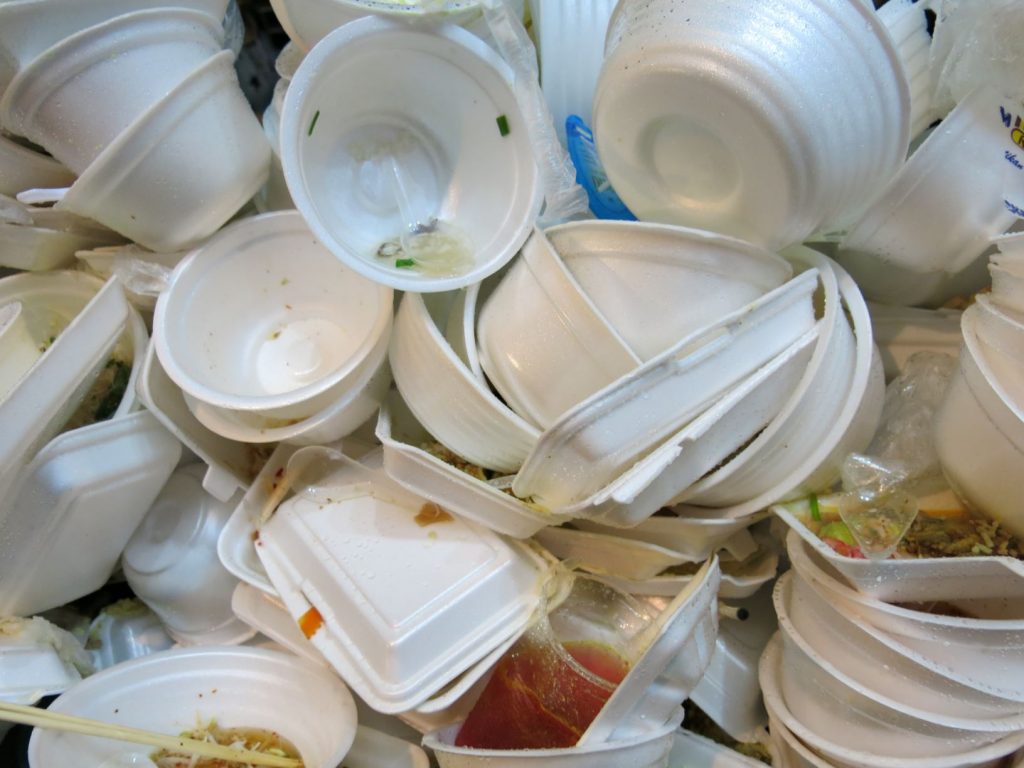
We all get this one. Some plastic materials just have to go. We have substitutes for many or some are just useless. The EU has banned many already and companies, in some countries, are taking voluntary steps to ban problematic single-use plastics from their products. Our list includes:
- Stirrers, plates, bowls, trays, cutlery, cotton swabs, balloon sticks, lightweight plastic bags, and plastic beverage containers without tethered caps and lids.
- Plastics that are made of or contain harmful chemicals, including polystyrene and polyvinyl chloride (PVC).
- Plastics that are not recyclable or cannot be recycled by local recycling programs including black plastics and plastic packaging made of mixed materials (e.g. stand-up pouches).
- Oxo-degradable plastics: these plastics have been marketed as biodegradable but only break down into small pieces and cause more harm to the environment.
- Compostable plastics: plastics that are compostable only in industrial composting facilities but are not accepted by Canadian municipalities.
3. Expand and consolidate the use of deposit return programs to collect single-use plastic containers
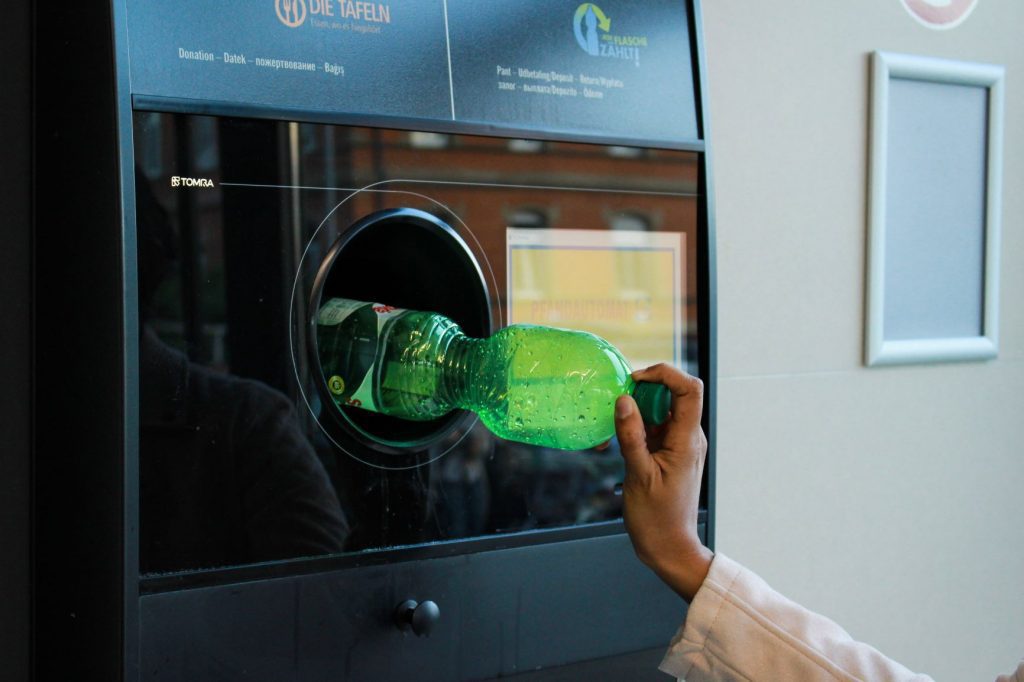
We probably cannot ban all single-use plastics. However, at least, companies that produce them need to take them back. Deposit return schemes work! The EU is requiring that at least 90 per cent of beverage bottles are collected by producers. In Norway, producers already collect over 95 per cent of beverage bottles. In Canada, most provinces—except for Ontario and Manitoba—already have deposit return programs for plastic bottles. Recently, Quebec announced that it will expand its deposit return program to include more containers. There’s no reason why we can’t expand this across the country.
4. Support innovations to shift towards reusing plastic packaging and other plastic items
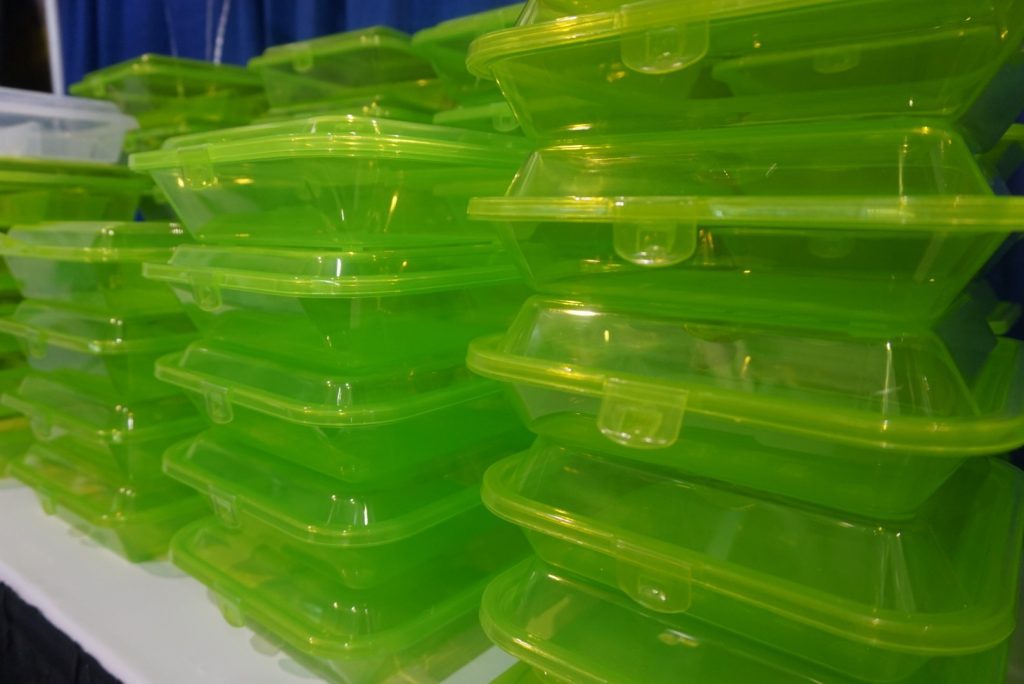
Reuse is probably the most neglected of the three Rs. However, reuse works and it helps save materials and generate very little waste. In some cases, the shift to reuse is easy. Some examples are starting to use a reusable bag, mug, food container, or requiring fast food restaurants and coffee shops to serve their meals and beverages with reusable plates, mugs and cutlery. In other cases, it will take more effort from producers to redesign packaging to allow it to be returned and refilled/reused.
5. Use economic incentives to discourage consumers from using single-use plastics

If consumers have to pay for plastic bags, food containers, or coffee cups, they are more apt to use their own reusable items or use a reusable option when offered. Toronto is leading the way and has announced it will introduce by-laws that will force businesses to charge for bags, take-out containers and single-use cups. If combined with an obligation for all restaurants to offer reusable options for eating in, these measures can be incredibly effective.
6. Support the recycling industry through recycled content requirements for new products

One of the reasons why recycling fails is that collecting, sorting, and repurposing materials can be more expensive than making new materials. The easy way Canada can support recycling is by setting a requirement to include a minimum content of recycled plastics in new products or packaging. Alternatively, taxation of fossil-based plastics can be introduced. The taxes can be decreased as the percentage of recycled content in a product or packaging increases.
Many companies already use recycled plastics either in total or in part. Making it a requirement will create incentives both to collect more plastics and to decrease the use of new plastics.
All six of these solutions can put Canada on the right track to reach zero plastic waste by 2030. They are a good start to put Canada on track to be a less wasteful country and making the economy more circular. Right now, we have an opportunity to reshape the economy while protecting our environment.
If you want download our new report No Time To Waste: Six Ways Canada Can Progress to Zero Plastic Waste by 2025, visit environmentaldefence.ca/NoTimeToWasteReport.






